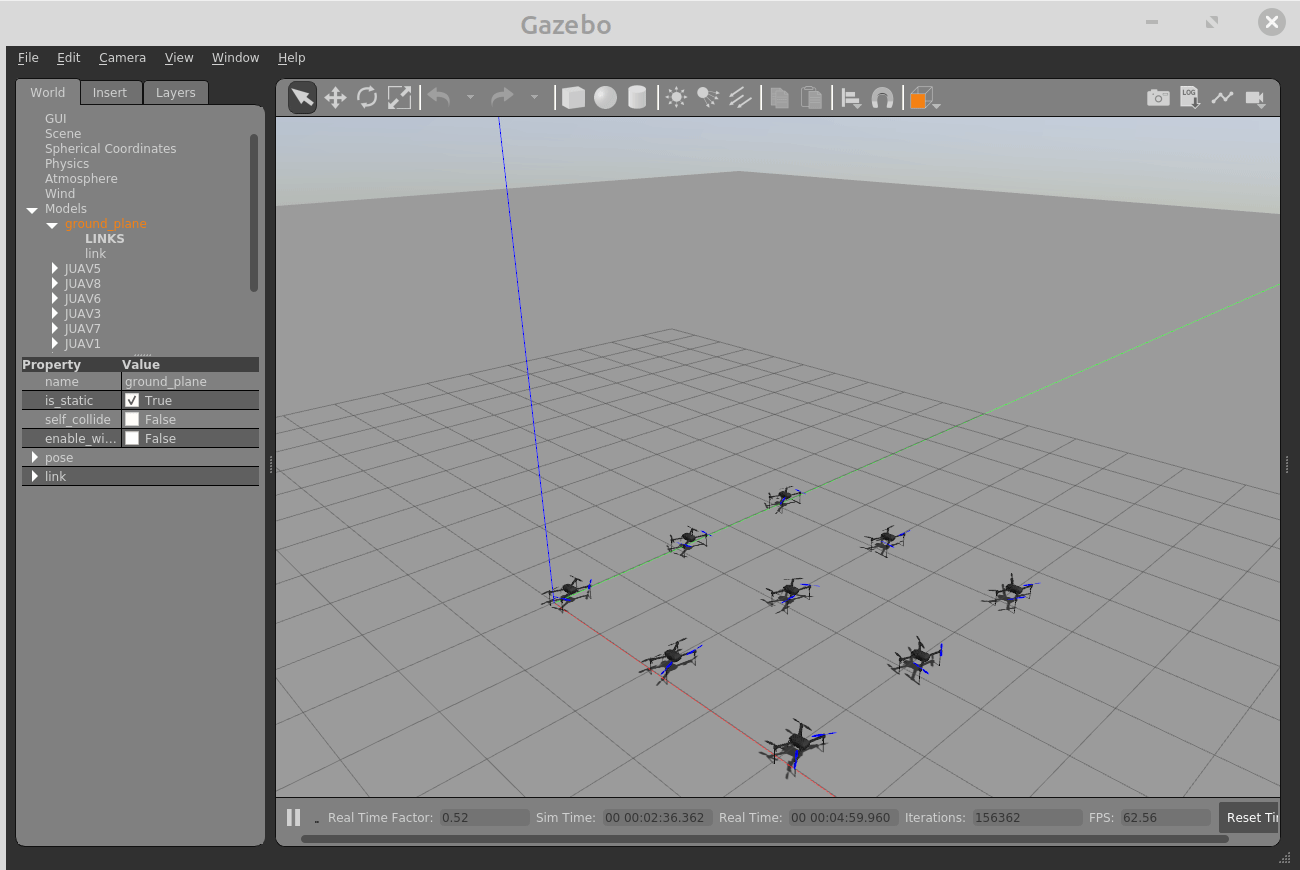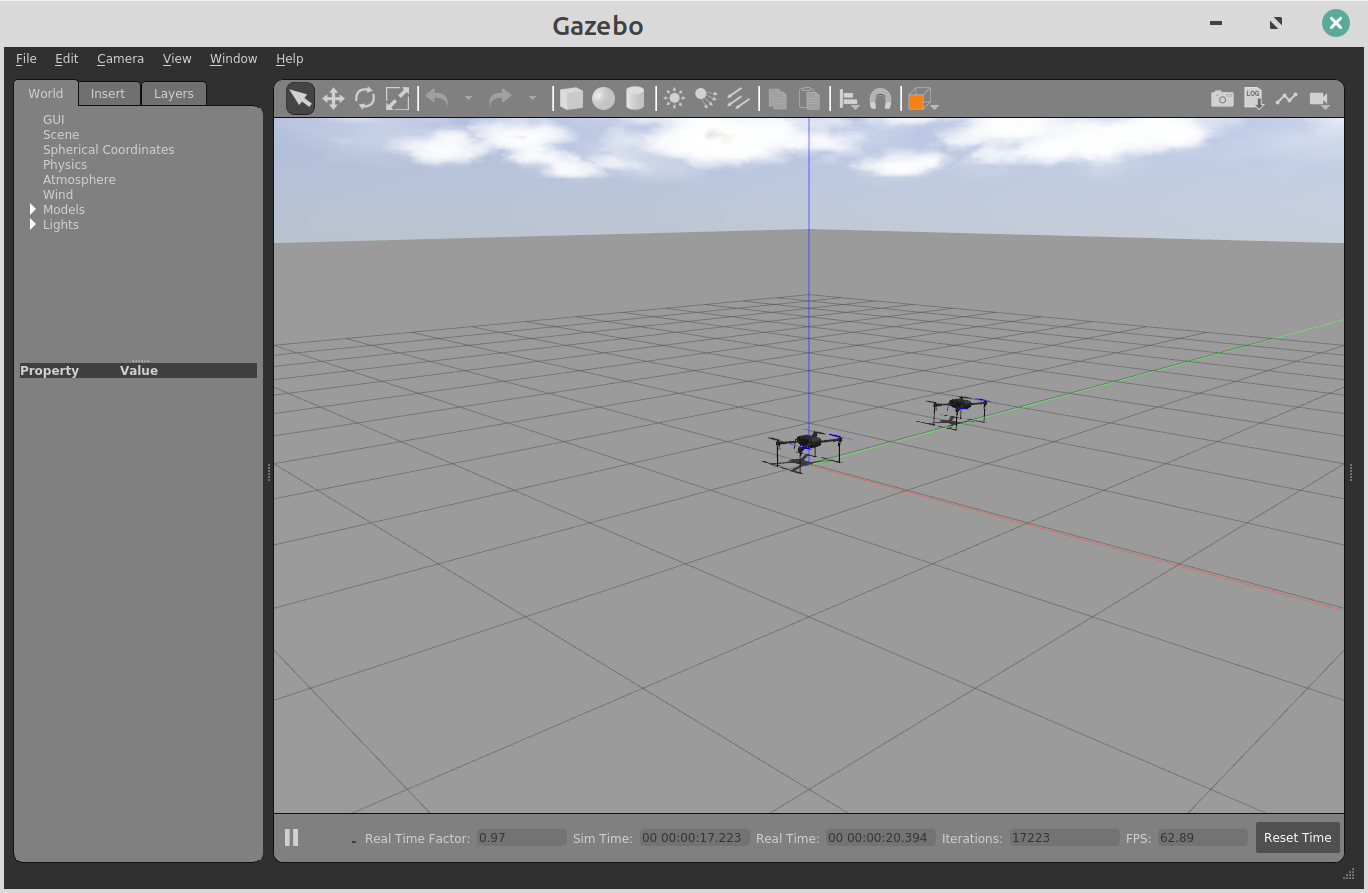This repository contains the Dragonfly simulation Gazebo Docker image.
This repository is based on the work of the following:
-
Tutorial standing up Bubble-Bot simulation (blog): http://moore-mike.com/docker-ros.html#docker-ros
-
Repository from Davide Faconti with some guidance on using nvidia integration: https://github.com/facontidavide/ros-docker-gazebo
-
Tutorial by Brett Israelsen (blog): https://bisraelsen.github.io/2017/docker/
Install docker https://docs.docker.com/engine/installation/linux/ubuntu/
sudo apt install docker.io
To run docker without super user:
sudo groupadd docker
sudo gpasswd -a ${USER} docker
sudo service docker restart
Install nvidia-docker (to get HW acceleration) https://github.com/NVIDIA/nvidia-docker/wiki
# Add the package repositories distribution=$(. /etc/os-release;echo $ID$VERSION_ID) sudo apt install curl curl -s -L https://nvidia.github.io/nvidia-docker/gpgkey | sudo apt-key add - curl -s -L https://nvidia.github.io/nvidia-docker/$distribution/nvidia-docker.list | sudo tee /etc/apt/sources.list.d/nvidia-docker.list # install the nvidia docker support packages sudo apt update sudo apt install nvidia-container-toolkit # restart the docker daemon with nvidia support sudo systemctl restart docker
This repository contains a basic Dockerfile under docker/Dockerfile with the bones necessary to start up a Gazebo simulation.
To build, simply run the ./build.sh script in the root. This may require you to log into docker.io.

